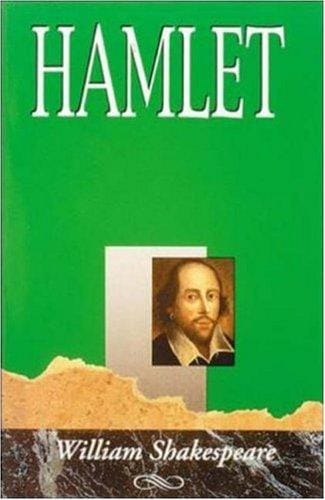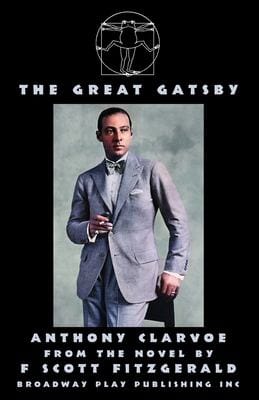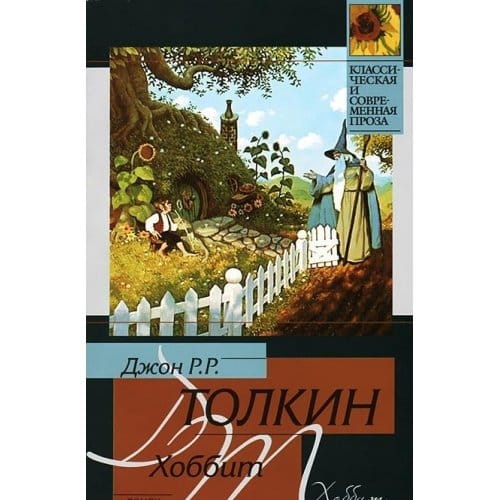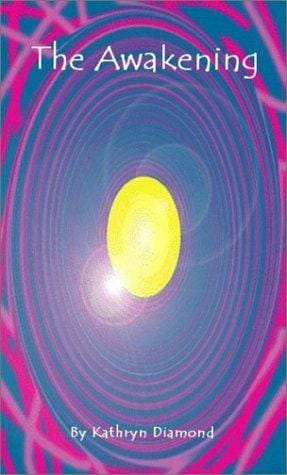Doctor Zhivago: A Timeless Epic of Love and Revolution
Explore Doctor Zhivago’s epic blend of romance, history, and moral struggle in this concise guide to Pasternak’s timeless Russian masterpiece.
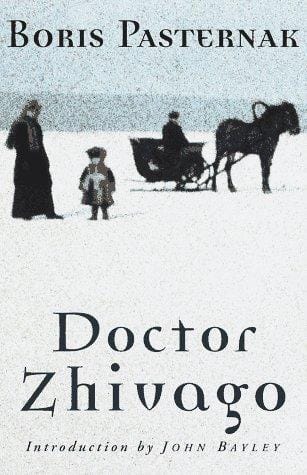
Introduction
Few twentieth-century novels have blended sweeping romance with political upheaval as compellingly as Boris Pasternak’s "Doctor Zhivago." Published in 1957 and quickly banned in the Soviet Union, the book traveled a dramatic path to international acclaim, winning the Nobel Prize for Literature in 1958. More than sixty years later, its intricate portrait of love, art, and conscience set against the Russian Revolution still feels urgent. This article explores the novel’s plot, historical background, major themes, characters, and enduring legacy, offering new readers and seasoned fans alike a deeper appreciation of Pasternak’s masterpiece.
Plot Overview
"Doctor Zhivago" follows Yuri Andreevich Zhivago, a physician-poet whose life becomes entwined with Russia’s turbulent early twentieth century. Orphaned young, Yuri grows up in the care of family friends, eventually marrying Tonya Gromeko, his gentle childhood companion. The outbreak of World War I sends Yuri to the front lines as a military doctor, where he encounters Lara Antipova, a strong-willed nurse searching for her husband, Pasha. Their mutual respect evolves into a passionate, forbidden love that persists throughout the civil war and its aftermath. The narrative leaps through time and geography, tracing Yuri’s attempts to reconcile personal desire with professional duty and moral integrity while the Russian landscape fractures around him. Ultimately, Yuri and Lara’s love remains unresolved, symbolizing both the beauty and tragedy of lives disrupted by history.
Historical Context
Pasternak set "Doctor Zhivago" amid seismic events: the 1905 Revolution, World War I, the 1917 February and October Revolutions, and the devastating Civil War that followed. Rather than delivering a straightforward political critique, the author presents the era’s chaos through ordinary lives, illustrating how broad ideological conflicts fracture families and identities. Pasternak wrote during the Khrushchev thaw, yet Soviet censors still deemed the manuscript anti-Soviet. Smuggled to the West and published by Italian house Giangiacomo Feltrinelli, the novel’s clandestine journey intensified Cold War propaganda battles, culminating in Pasternak’s coerced refusal of the Nobel Prize. Understanding this fraught publication history deepens readers’ appreciation for the novel’s courage and nuance.
Major Themes
The Individual vs. the Collective
Yuri Zhivago champions personal conscience and creative freedom, standing in stark contrast to the revolutionary demand for collective ideology. Pasternak suggests that true progress springs from individual moral clarity rather than rigid political dogma.
Love and Sacrifice
At its core, the novel is a meditation on the costs and contradictions of love. Yuri and Lara’s affair is tender yet destructive, illuminating the sacrifices demanded by both passion and circumstance.
Nature and Spirituality
Russian landscapes, described in luminous prose, mirror the characters’ emotional states. Seasonal shifts underscore cycles of destruction and renewal, while recurring biblical imagery invites readers to consider spiritual resilience in times of crisis.
Character Analysis
Yuri Zhivago embodies the sensitive intellectual striving to remain humane amid brutality. His poetry, included as an appendix, reveals an inner life that cannot be entirely stifled by conflict.
Lara Antipova represents endurance. Victim of exploitation and war, she nonetheless retains agency, choosing love over security despite harsh consequences.
Pasha/Strelnikov, Lara’s husband, transforms from idealistic student to ruthless Bolshevik commander, illustrating how revolutionary zeal can erode compassion.
Tonya Gromeko offers a contrasting vision of steadfast, traditional loyalty, highlighting the moral ambiguities Yuri faces.
Reception and Legacy
Upon its Western release, "Doctor Zhivago" captivated readers with its lyrical style and panoramic scope. Critics compared Pasternak to Tolstoy for his ability to weave intimate stories into grand historical tapestries. In the Soviet Union, however, the work remained suppressed until 1988, when glasnost finally permitted open discussion. Adaptations further cemented its fame, most notably David Lean’s 1965 film starring Omar Sharif and Julie Christie, whose sweeping cinematography and Maurice Jarre’s haunting score introduced millions to Yuri and Lara’s snow-covered world. Today, scholars analyze the novel’s prophetic warnings about totalitarianism, while book clubs revisit its eternal questions about love’s place in a fractured society.
Tips for Modern Readers
Approaching "Doctor Zhivago" can feel daunting because of its complex chronology and large cast. Keeping a character list handy and referring to historical timelines can enhance comprehension. Reading Yuri’s poems alongside the narrative offers insight into Pasternak’s philosophical intent. Finally, allow the prose’s deliberate pacing to unfold; moments of stillness are as revealing as dramatic turns.
Conclusion
"Doctor Zhivago" endures because it refuses easy answers. Pasternak crafts a world where love and art persist amid ideological storms, suggesting that the truest revolutions occur within the human soul. Whether read for its sweeping romance, historical insight, or poetic language, the novel remains a timeless invitation to examine how personal integrity survives in turbulent times.
